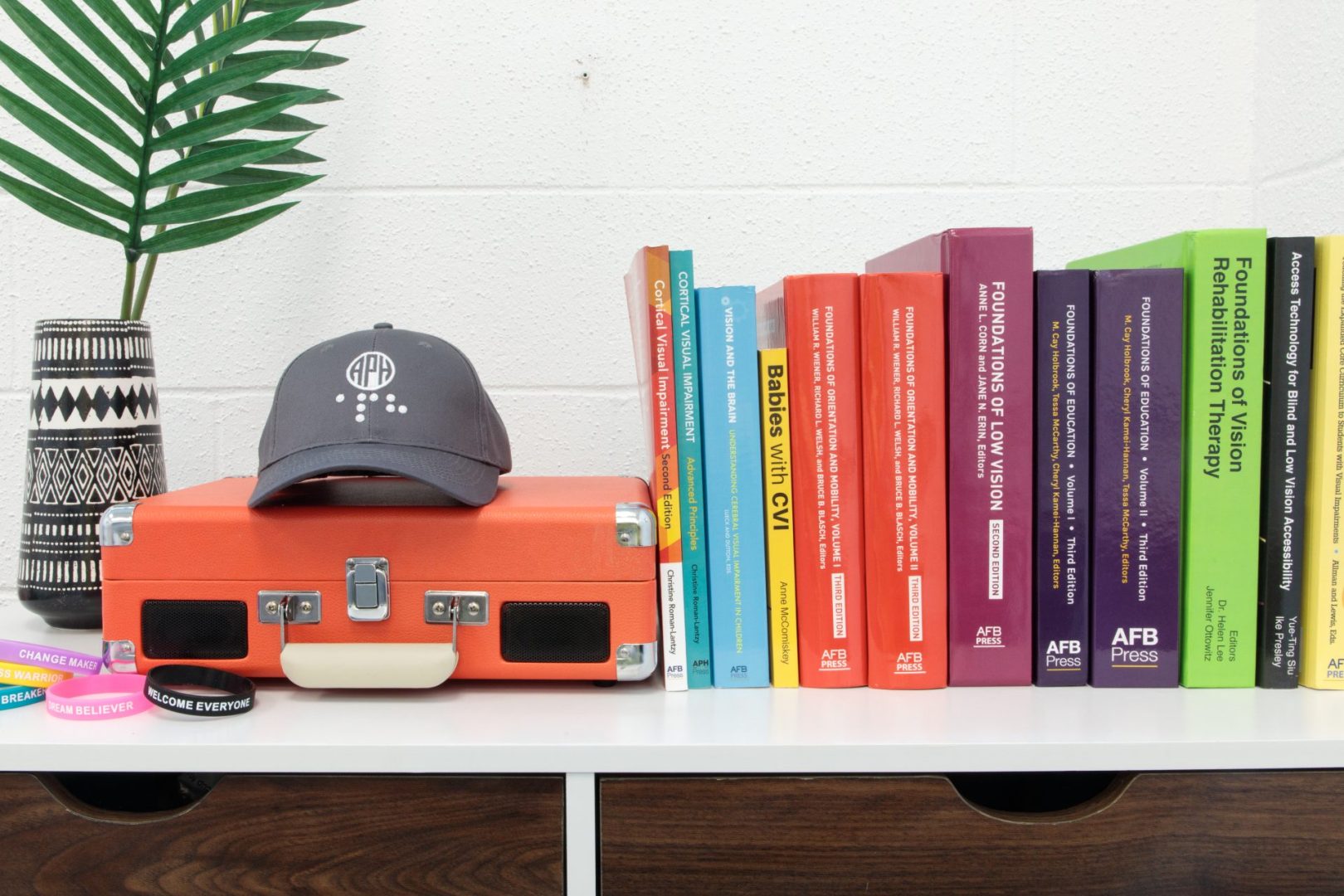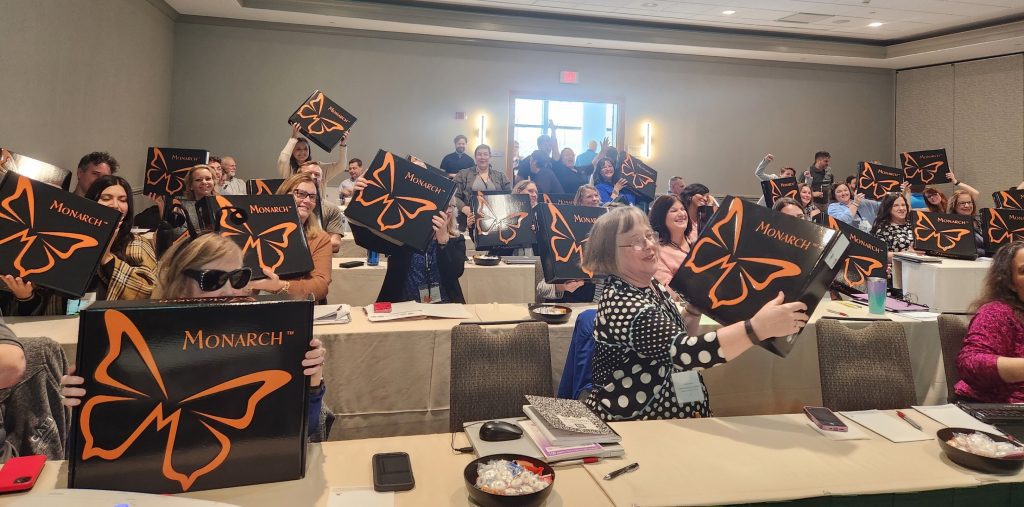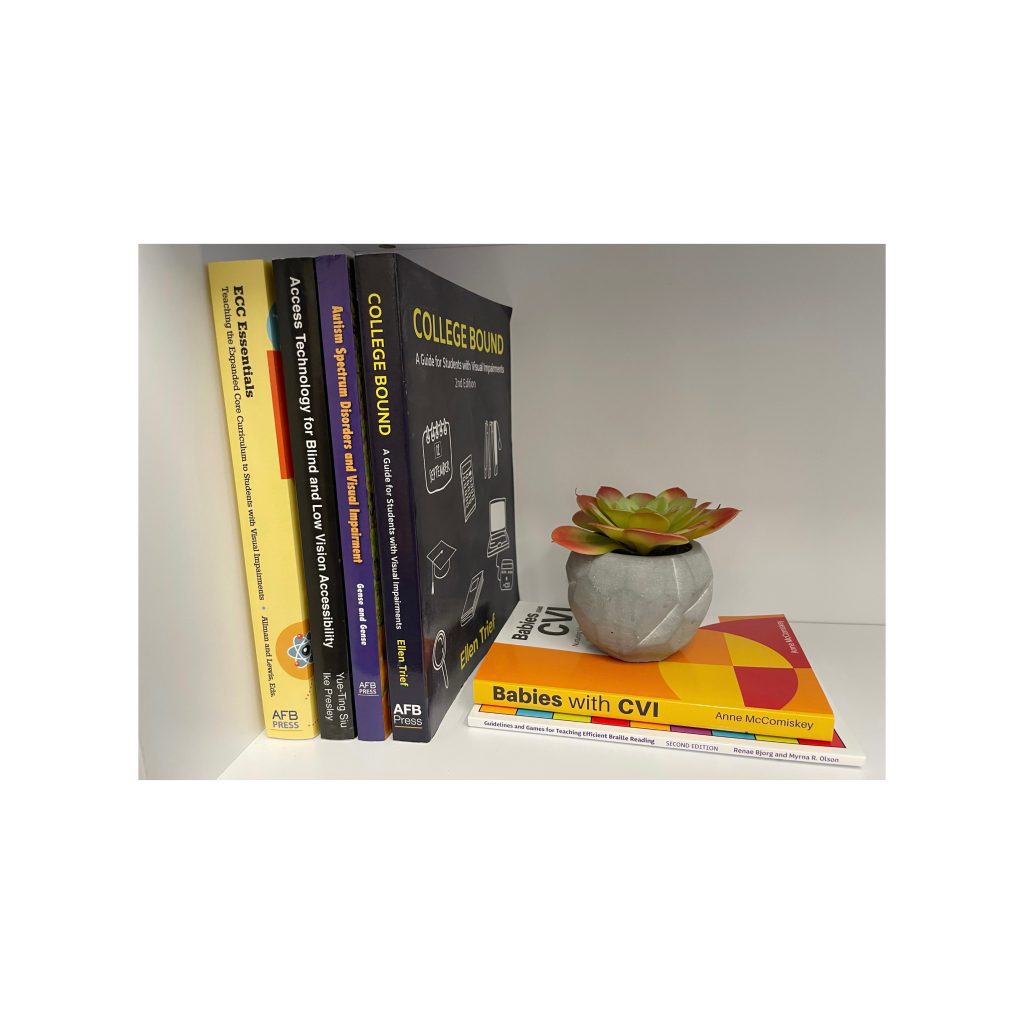Reach Out and Teach: Helping Your Child Who is Blind or Low Vision Learn and Grow

At APH Press, we strive to create books that provide both parents and professionals with the knowledge and resources they need to help children who are blind or low vision thrive. Reach Out and Teach is the ultimate guide to helping a child who is blind or low vision learn and grow. This comprehensive guidebook focuses on learning at developmental stages, expanded strategies to promote children’s skills, and preparation for early intervention, preschool, kindergarten, and beyond.
The book is divided into two distinct sections. Part One focuses on meeting your baby and addresses common concerns of parents with children who are blind or low vision. It includes chapters on understanding the child’s vision, facilitating their early learning, and strategies for early intervention. Part Two concentrates on the learning journey, organized chronologically from the baby’s first year through kindergarten and beyond.
Below are examples of activities found in Chapter 5, “Your First Year Together: Emerging Skills.”
- Give your baby lots of opportunities to touch the people they cannot see very well. This contact will help them begin to associate familiar voices with familiar touches and odors.
- You can help build your baby’s expanding knowledge by helping them associate objects or clothing with things that happen every day. For example, a plastic plate might be used only at snack time, and a particular sweater might be the signal that it’s time to go outside to play in the sandbox.
- When you go to pick your baby up, lift their arms upward first, say “up” at the same time, and then pick them up.
- Teach your baby, regardless of the degree of their visual impairment, to face others in a conversation.
- Carry your baby with you in an infant carrier, knapsack, or sling as you do your daily chores. This experience gives the baby the feeling of balance and movement in space, even if you’re the one actually doing the movement.
- Place your baby on the floor in a sitting position and play a peek-a-boo game where you appear and disappear coming around from behind them. Encourage them to twist around to find you. If they don’t turn around first, reach for the hand that is farthest away from you and gently tug toward you; this may be enough to give them the idea of turning.
Order your copy of Reach Out and Teach today.
Share this article.
Related articles

ATIA 2024 Wrap Up
Last week APH attended the Assistive Technology Industry Association (ATIA) conference in Orlando, Florida. This conference allows assistive technology practitioners,...

APH Press Titles Now Offered on Federal Quota
APH is pleased to begin offering more titles on Federal Quota! The Federal Quota program provides educators funds to purchase...

APH Press Author Stacey Chambers Talks About Her New Book
In the spring of 2024, Tools for TVIs: The Itinerant Teacher’s Handbook will join APH Press’s esteemed catalog. With a...
